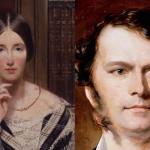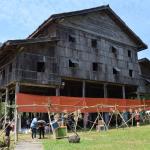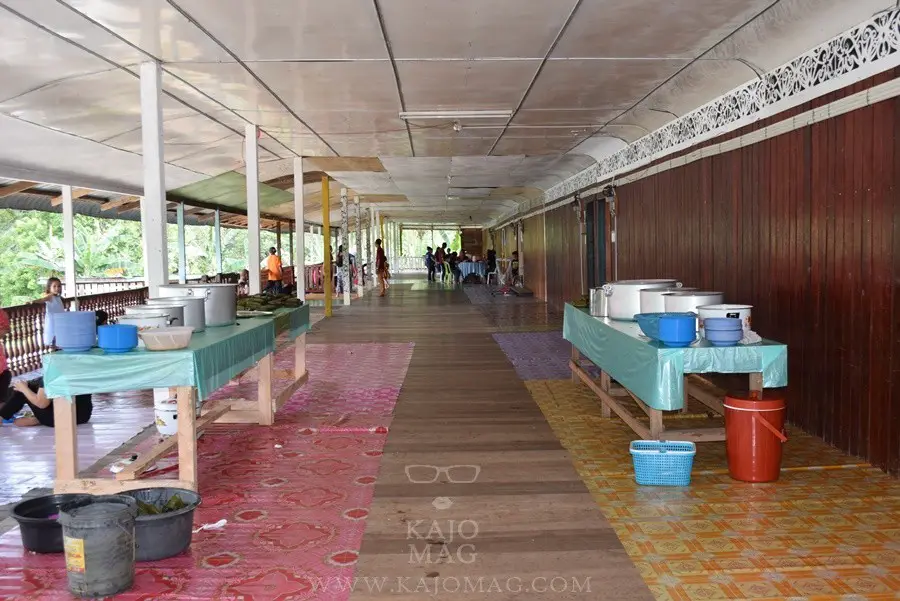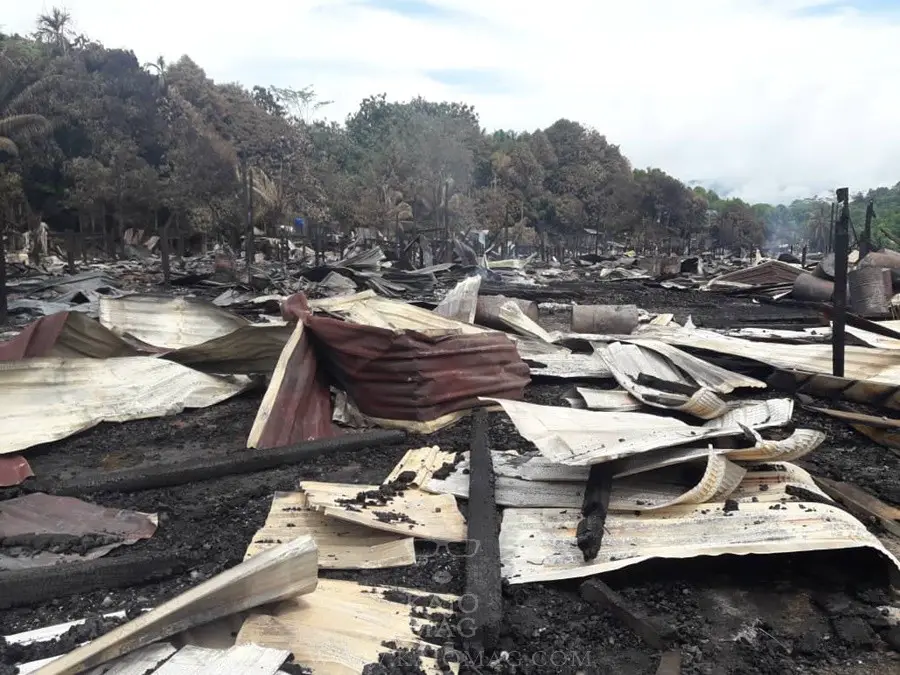Forget about Captain Jack Sparrow, the most fearsome pirates in this part of the world were the Iranun people.
Although the Iranun people are native to Mindanao island in Philippines, they also had settlements on the west coast of Malaysian Sabah as well.
During the 19th century, they were infamous for their piracy activities.
The British gave them the exonym ‘Illanun’. That is where the Malay term ‘lanun’ or pirate came about.
Here are 10 interesting facts about the 19th century Iranun pirates:

1.The Spanish called the Iranun pirates “los Illanuns de la Laguna”
This was because their main stronghold was located on the shores of a lagoon in Mindanao island. Besides being a stronghold, it was also where their wives and children lived.
2.They also had settlements in Sabah
Apart from Mindanau island, the Iranun pirates also had settlements along the coast of Sabah including Kota Marudu, Ambong Bay and Tempasuk back then.
3.The Iranun pirates were the fiercest pirates in this region during the 19th century.
According to author Owen Rutter, the Iranuns were the fiercest and most powerful pirates of the Eastern ships.
He wrote, “They never hesitated to attack European ships, and, while they might give quarter to a native crew, to white men, they showed no mercy, owing, it is said, to the former treatment they had received at the hands of the Spaniards.”
4.Their favourite weapon was called ‘kampilan’
A kampilan is a single-edged long sword, traditionally used by various ethnic groups in the Philippines. Apart from kampilan, the Iranun pirates were also known to use spears, kris (a type of dagger) and guns.
5.The Iranun pirates marked the number of heads they took on their kampilan
Remember Killmonger from Black Panther? He scarred his body with every kill he committed. As for the Iranuns, they marked their kampilan every time they beheaded someone. According to Rutter, he had seen an Iranun kampilan with no less than 27 markings.
6.They preferred to kill in a single blow
A kampilan had a long enough handle to be wielded with two hands. Combining the weight of the kampilan and the force of two hands, a single blow was enough to cut someone’s head off their shoulders.

7.They cruised not only in the Sulu Archipelago
Although their piracy and sailing skills were well-known in the Sulu Archipelago, they also roamed the Malay peninsular, throughout the Philippines, Papua New Guinea, Java, Sumatra, Bay of Bengal and all the way up to Penang.
8.An Iranun squadron was usually up to 40 big vessels
Sometimes a fleet might be numbered up to even 200 vessels of different sizes. One man would command the whole fleet while each small boat had its own captain. Each small boat was usually made of their own relatives.
9.They had two main objectives for their piracy
The Iranun pirates had two reasons to commit piracy; plunder and slaves. They stole from the ships they boarded and they took slaves from the coastal villages they attacked.
In Borneo, they were known to attack the Melanau people who settled along the coast of Sarawak.
10.The Iranun pirates usually disguised themselves as traders
Their modus operandi was to disguise themselves as traders so that they could board a ship. They were cunning thieves as well; even when they robbed a ship, they avoided taking objects that could be identified easily as stolen property.
Rutter explained that this would be so it was difficult to prove that they were anything but peaceful traders when their ships were being overhauled.
Read about how the pirates killed the first European man who wrote about the Kayan people here.



































































